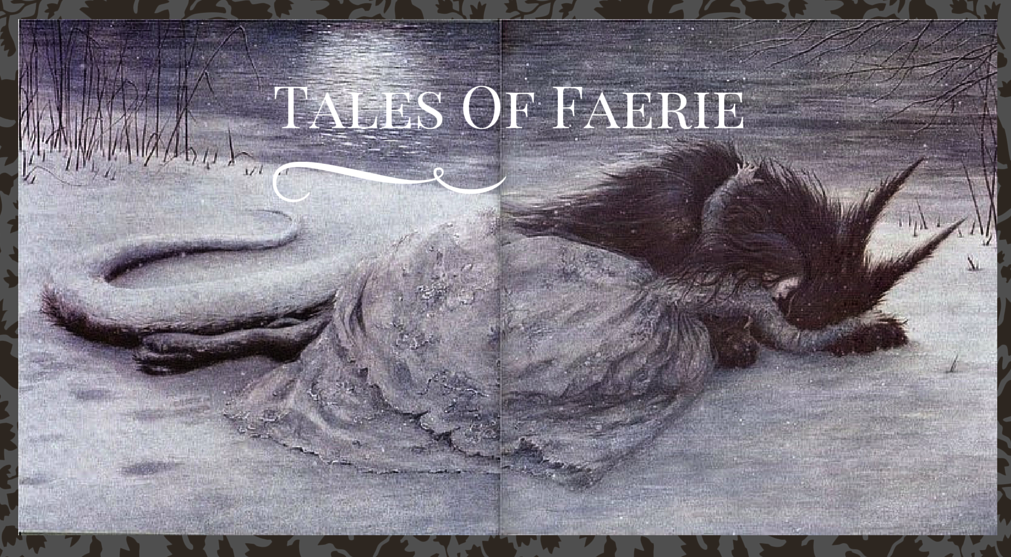My musical selections will tend to be more flute-centric because I'm a flute player, but here's an excellent example of more classical music inspired by a fairy tale-Carl Reinecke's "Undine" flute sonata.
John William Waterhouse
An Undine, or Ondine, was a water nymph. The German legend goes that she married a man to gain a soul, but he was unfaithful, and she cursed him to stay alive only as long as he stayed awake; when he fell asleep next, he would die. Friedrich de la Motte Fouque turned it into a novel in the nineteenth century which became very popular.
The first movement depicts Undine as a water nymph. Eventually she comes to land, and is raised by human parents, who don't understand her. The fast, chase-like notes of the second movement describe her relationship with her foster parents., who perceive her as impulsive and naughty.
The slow third movement is when Undine finds love. Yet her naivete leads her to bring her husband's former fiancee into their home. He is drawn back to his former love, and Undine is unwillingly forced to give him the curse of death, yet comes secretly to attend the funeral-all this is portrayed in the fourth movement.
I find it interesting-traditional fairy bride tales such as this usually consist of human men kidnapping supernatural female characters, who escape as soon as they find a chance. These fairy creatures are other than human, and cannot be happy when confined to human life. Yet in two very popular water spirit tales written by men-Fouque's Undine and Andersen's Little Mermaid-the supernatural female will do anything for the love of the man. This Undine still mourns for her unfaithful husband, unlike the folkloric Undine who curses her husband of her own will.

No comments:
Post a Comment